STAAR Spark Reviews
The Hills are Alive with the Sound of Silence: Sound, Silence, and War in Terrence Malick’s A Hidden Life
Joel Casey
DPhil, Faculty of English
——————————–
Published: 15 March 2020
Review process: Editorial Review
A Hidden Life. 2019. USA-Germany. Written and directed by Terrence Malick. 174 minutes.
Editorial Note: This review contains spoilers for A Hidden Life.
Early in Terrence Malick’s A Hidden Life (2019), Fani Jägerstätter (Valerie Pachner), looks up nervously from the Austrian mountain village of St. Radegund as she hears the low rumbling of a military aircraft. We do not see the plane; only her reaction to the noise. This moment signals the arrival of war to this remote location and the hardship it causes Fani, her husband Franz (August Diehl) and the rest of her family. Crucially, this moment is articulated through sound.
A Hidden Life is centrally concerned with the sounds of war and how it might be recorded and remembered through sound, representing a more sensory, immediate experience of conflict. Robert Sinnerbrink cites Malick as a filmmaker whose films enlist spectators ‘to experiment with the aesthetic disclosure of alternative ways of thinking and feeling, acting and being, in our relations with nature and culture’ (Sinnerbrink, p. 43). I argue along similar lines that Malick uses diegetic and non-diegetic sound to enable an alternative, bodily evocation of war. Owen Gleiberman describes A Hidden Life as ‘a cathedral of the senses’, encapsulating its incorporation of the spiritual and the corporeal (Gleiberman). Sound and silence are the gateway to this corporeal, yet spiritual, experience.
Silence, Nostalgia, Intimacy
Critical response to the film has been mixed. Gleiberman lists A Hidden Life in his top ten films of 2019, and Sophie Monks Kaufman calls it ‘An exquisitely emotional and thorough account of an individual resisting state fascism’ (Kaufman, p. 13). Yet Sight and Sound and the Guardian critique it for distancing the horrors of the Holocaust through Malick’s rhapsodic, lyrical style (James, Bradshaw): Peter Bradshaw complains that ‘Malick has in a way marooned and islanded Jägerstatter, detaching him from much of the larger historical context’ (Bradshaw). Yet as Kaufman argues, this is precisely Malick’s intention, and by rooting the film in their relationship and its connection to the land, A Hidden Life avoids excessive abstraction (Kaufman, pp. 12-13).
The film begins with Franz’s voice and a black screen. Franz speaks wistfully, in English, of his misguided belief that he and his family could live life ‘up in the trees’ like birds, away from earthly concerns. The opening scenes of the Jägerstätters’ everyday life in St. Radegund evokes this aerial existence. Franz and Fani are depicted working and playing with their children with a constant panoramic backdrop of mountain, cloud, and sky. These early scenes are notable for their silence and slowness. Narrative, personal or historical, does not seem to impinge on the languorous playing out of the quotidian. There are the noises of scythes being sharpened, grass being scythed, of bells ringing and cows mooing, as well as Fani and Franz’s playful whisperings and polite small talk with other villagers. However, these early scenes mostly transpire in contemplative silence, shifting the focus to the magnificent landscape and the labour that takes place on it.
Fani and Franz finally begin talking significantly inside their cosy wooden cabin, reminiscing about their first meeting. As the film’s musical theme, ‘A Hidden Life’, (composed by James Newton Howard), begins, this conversation transmutes into voiceover. Fani remembers Franz’s motorbike, which we see threading through mountain roads, but do not hear. Again, this Edenic location is represented noiselessly. We see a village party and Franz approaching Fani but do not hear them speak. Only the sounds of nature, farm work, and the Jägerstätter’s voices transcend this: insignificant noises which do not overpower Fani’s voiceover. The voiceover evokes only quiet, repetitive daily life.
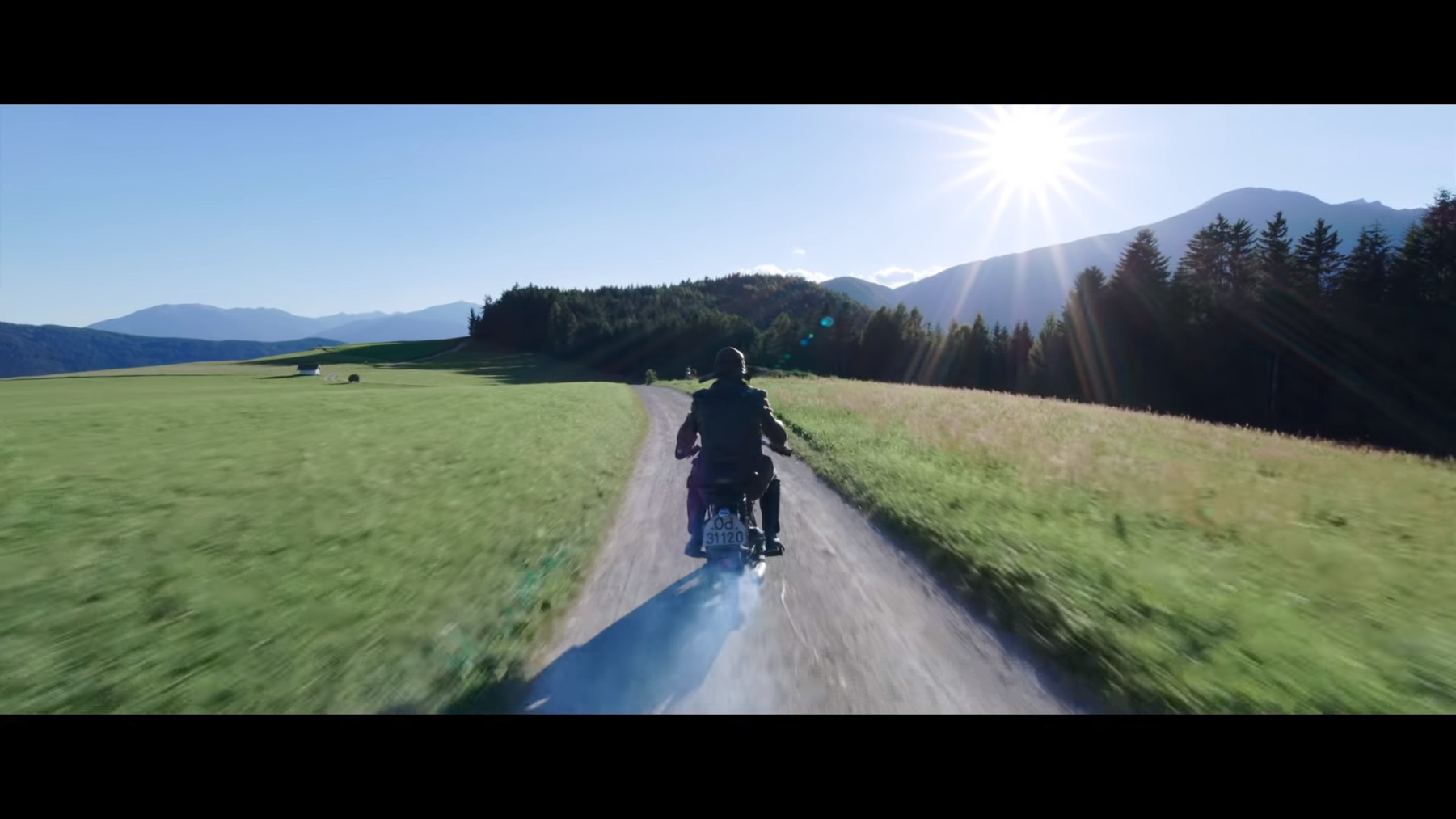
Figure 1. From A Hidden Life trailer: https://www.youtube.com/watch?v=qJXmdY4lVR0
The Noises of War
The end of this voiceover leads directly to Fani’s worried response to the aircraft. Soon after, Franz is conscripted and sent to Enns Military Base. Franz marches in formation in soldiers’ uniform; the stomping of feet impose a rhythmic and loud presence. The voiceover’s aural prominence is highlighted once more, as it overpowers this stomping as Franz reads a letter to Fani explaining that he is enjoying his training, and silent shots depict him playing and laughing with another man. Homosociality has replaced intimate family life, but Franz muses that he would ‘love to hear her singing’. The rowdy play of the base is not the same as the quietude of St. Radegund. This is confirmed as his new friend’s song is replaced by Franz’s scream as he stabs a scarecrow with a bayonet, a symbolic piercing of their Edenic dream. Pastoral silence is replaced by sudden, violent noise.
An opposition is thus established between the noise of war and the silence of a pre-war pastoral world. However, this aural evocation of war, and the calm before it, is connected to the other senses. St. Radegund’s initial silence allows for physical intimacy with other bodies and the earth itself. Walter Ong observes that hearing is the only sense which ‘can register interiority’ (Ong, p. 70). He asserts that ‘[s]ight isolates, sound incorporates. Whereas sight situates the viewer outside what he views, at a distance, sound pours into the hearer’ (Ong, p. 70). Ong evokes the way in which sound connects us to the physical world and other bodies in much the same way as A Hidden Life. In a literal sense, the privileging of Fani and Franz’s voiceover provides an interior narrative within the public, political story of war. Sound and physical intimacy are connected formally too. Early in the film, a quiet close-up of Franz and Fani’s hands brushing together and then holding each other as they pick potatoes shows them in contact with each other and the dirt, the tangible, physical material of their rural farm existence. The connection of quietness and intimacy is clearer when the family plays blind man’s buff. Shot in one long take, the scene contains no speech; just the occasional laugh and bell-ringing to indicate to the blindfolded Franz his family’s whereabouts. Catching one of the girls, they fall to the ground and laugh together. With the foggy mountains in the background, earth and sky come together as the silence of St. Radegund enables familial intimacy
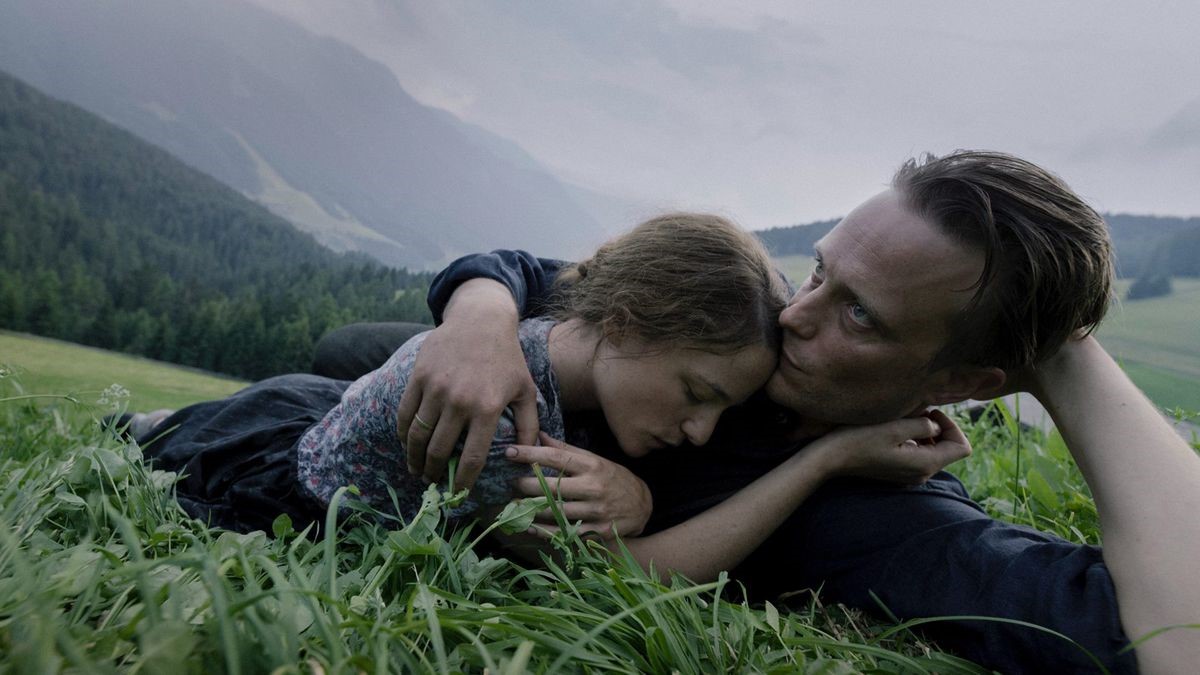
Figure 2. From Variety: https://variety.com/2019/film/columns/at-cannes-2019-cinema-came-roaring-back-1203226087/
Scholars on war and war memory have questioned the primacy of the visual in memorialising war, foregrounding the other senses, especially for marginalised people away from the frontline or without the clear vantage point to experience war visually. In her book on ‘postmemory’ and the Holocaust, Marianne Hersch observes that ‘[t]he bodily, psychic, and affective impact of trauma and its aftermath […] exceeds the bounds of traditional historical archives and methodologies’ (Hersch p. 2). This could be extended to methods of narrating history on film too. The everyday experience of war, A Hidden Life suggests, can only be narrated by transcending the visual. Up in the Austrian mountains, Franz and his family initially have a clear view of life, articulated in the long shots which depict the beautiful, silent landscape with majestic clarity. However, these views are revealed to be obscuring the reality of war occurring outside their ‘nest’ in the clouds. As their idyll unravels, the film implies that a ‘truer’ or more comprehensive representation of war must address the other senses, especially the sounds and feelings of war.
Transcending the Noises of War
Franz returns from Enns as farmers are no longer required for the war effort. However, the atmosphere in the village shifts: its quietness creates claustrophobia as those who oppose the Nazi regime are forced into silence by Nazi soldiers and sympathetic villagers. Hushed conversations about the war occur on dirt roads outside the village, in narrow alleyways: liminal spaces where trees or walls loom to emphasise a new claustrophobia. Franz speaks with religious figures, other villagers, and his family about his choice to remain in St. Radegund rather than enlisting; in whispers to sympathetic ears and in shouted conflict with others. In both scenarios, the other villagers get too close to Franz, underlining this sense of claustrophobia engendered by the village’s silence. As in the early scenes, the film connects sound to tactile sensation. With the arrival of the military in St. Radegund, this is no longer pleasurable physical contact but a disconcerting, disorienting sense of the external world pressing in in the silence that renders expressing dissent impossible.
Later, as another villager shouts Nazi propaganda, the soundtrack is silent apart from the slowly increasing noise of a train. The film then suddenly cuts to silence and blackness, a full stop that signals the end of intimacy and quietude. Franz is called up again and boards a train. As it pulls away, the sound of the train overwhelms all and Franz disappears from view. Shots of Fani talking to her children and her saddened sister, then Franz arriving at Enns are still soundtracked only by the train’s noise. Sounds of machinery and metal, of warfare, overwhelm the family. The sequence in which Franz begins again at Enns, refuses to pledge allegiance to Hitler, and is consequently arrested is underpinned by a darker choral score, as well as the sound of other soldiers pledging. Franz’s silence here marks him out.
The violence Franz experiences for his silent resistance is associated with the mechanical sounds of war: the train and aircraft which overwhelm voices and the rest of the soundtrack. When Franz is sent to Tegel prison, where he spends most of the film, the clanking and slamming of metal doors and handcuffs is, after a series of shots on the train which similarly emphasise its clanking over tracks and hellish close-ups of the furnace and the noise of coal being shovelled. It is through this evocation of the noise of warfare, especially the noises of imprisonment and of trains which shuttled Jewish people and other minority groups to concentration camps, that the Holocaust is registered. On hearing the rumble of a vehicle outside, Franz uses the chair in his prison cell to climb up and look out of the high window. A furious guard enters his cell—we hear the door creaking before we see him—and his chair is taken away. Deprived of a view of the outside world, Franz’s war experience is reduced to sound once more, the discordant and jarring noises of the prison.
Throughout his stay in Tegel, however, the Jägerstätters’ experiences are soundtracked by voiceovers of their letters, delivered in the same calm, quiet, even tone as other voiceovers in the film. As voiceover, delivered almost regardless of what is occurring on screen, they provide an aural escape for both Franz and Fani from prison life and a claustrophobic St. Radegund. In one of his few interviews, Malick asserts that voiceover ‘seems to work better’ when it ‘doesn’t have a direct relationship to what’s happening’ (quoted in Michaels, p. 108). Charlotte Crofts compares this disjunction between voiceover and image in Malick’s films to Soviet montage cinema, suggesting that the dialectic created between these is exploited to political effect in his works (Crofts, pp. 22-23). In A Hidden Life, the voiceover creates a personal, interior narrative which serves as an escape from war as well as a critique of it. At one point, a guard gleefully explains to Franz that he can do whatever he wants to him, and no one will know. Franz’s resistance renders him vulnerably unheard. Yet as this guard enacts this power, bashing bits of the cell with his truncheon and then beating Franz, the noises of this violence, the clanking, crashing, bashing and beating that has characterised his prison time, is silenced by Franz’s voice, talking of his ‘shepherd’, his ‘light’, who makes him ‘lie down in green pastures’. The ambiguity about whether this refers to Fani or God, whether he is writing a letter or speaking a prayer, gives his love for Fani a spiritual power. An internal quietude and calmness—and an internal connection with Fani and God—allows him to transcend the noisy violence of his imprisonment.
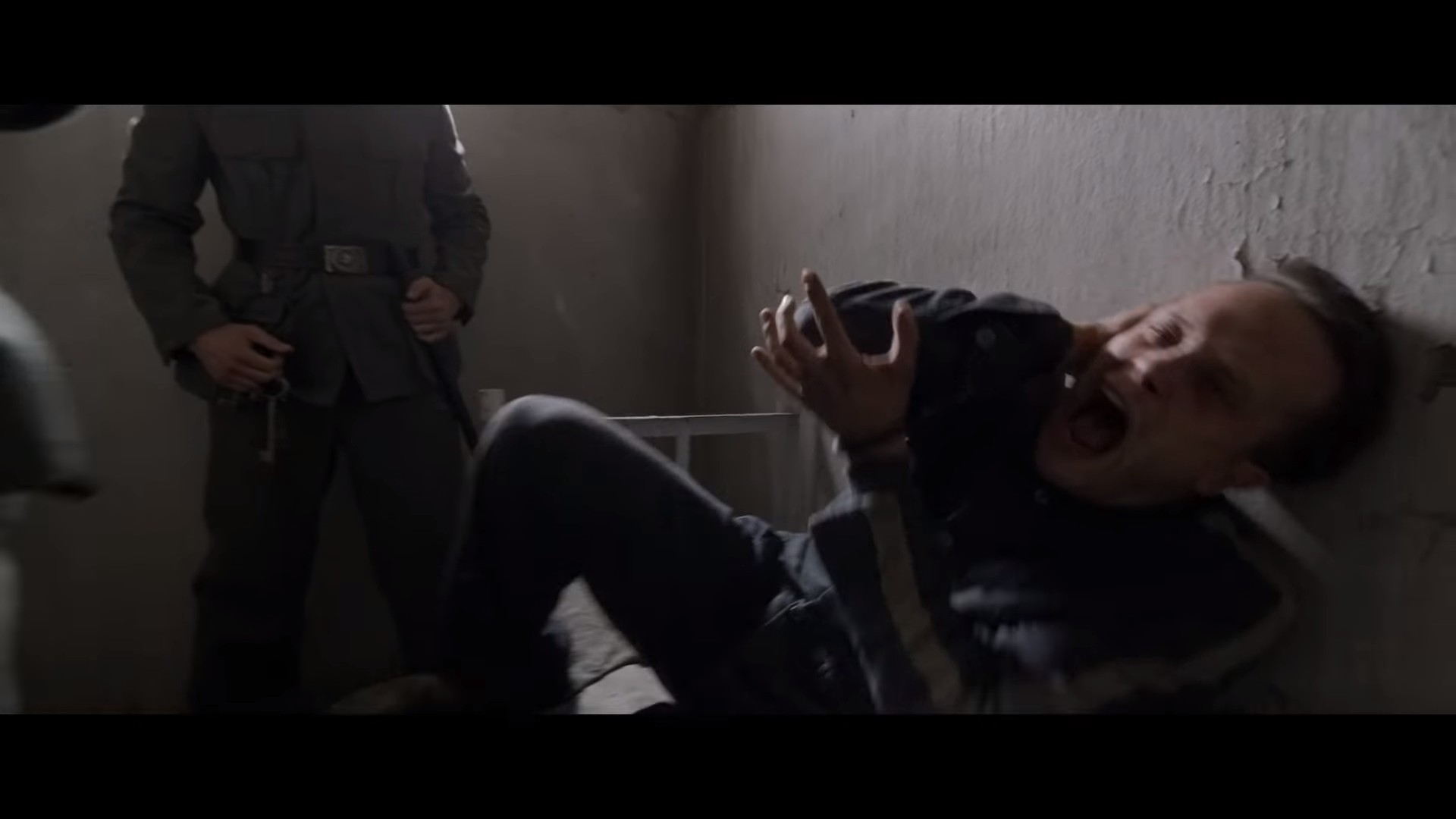
Figure 3. From A Hidden Life trailer: https://www.youtube.com/watch?v=qJXmdY4lVR0
It is not just hearing these letters but the speaking of them which blocks out the violence of the imprisonment. The voiceovers give these characters, silenced by the Nazi regime, a voice. Another German officer, trying to convince him to relinquish his silence, asks Franz if he thinks anyone will ever ‘hear of you’. We do hear both Franz. It is sound which allows the Jägerstätters to rise above the noise of war, and as a result, to be remembered. This gets to the heart of the questions raised by the film. How might we remember war, and not just its frontline experiences? Is the primacy of the visual, which war cinema has been central in establishing, enough to represent its horrors, traumas, and even small moments of escape, intimacy, respite? A Hidden Life aims to offer a more comprehensive sensory representation of war. Sound is the vehicle that enables this.
Sound and the History of War Cinema
Malick’s film about the experience of war away from the front is also, implicitly, about the history of war film, about the ways in which World War 2, and war more generally, has been represented. At various moments, the film cuts to archival footage, drawing attention to its part in this wider tradition. After Franz’s voiceover about life in the trees, the film’s first images are black-and-white shots of the city of Nuremberg taken from a plane, footage of Hitler travelling through the streets by car, and the massive Nuremberg Nazi rally of 1934. This material is taken from Leni Riefenstahl’s Nazi propaganda film, Triumph of the Will (1935). A vision of a life lived in the trees, mountains, or as Fani later puts it, the clouds, is immediately undermined by the image of Hitler’s plane viewing the world from above, the totalising view of war strategy and aerial bombing. Later, with the news of the occupation of France at Enns, the trainee soldiers watch a silent newsreel of the invasion, in which we hear the clapping and cheering of soldiers, and see, intercut with the archival footage, Franz’s anxious face not sharing in their patriotic enthusiasm. Finally, shortly before he is called up for the second time, Franz tells Fani of a dream he has had about a train, in which he cannot see the landscape but can only feel the speed of its movement, the muscularity of its mechanical body. This train is depicted on screen in black and white in quickly cutting shots from various points of view. Strangely, however, this cuts suddenly to grainy colour footage of Hitler holding hands with a young girl, taken by Eva Braun herself at Hitler’s own mountain retreat in the Bavarian Alps, known in English as the ‘Eagle’s Nest’. Literally on the other side of the Alps to Franz and Fani, this strange moment in which dream and reality collide, reminds us of Hitler’s proximity to them, his ability to penetrate their clouds.
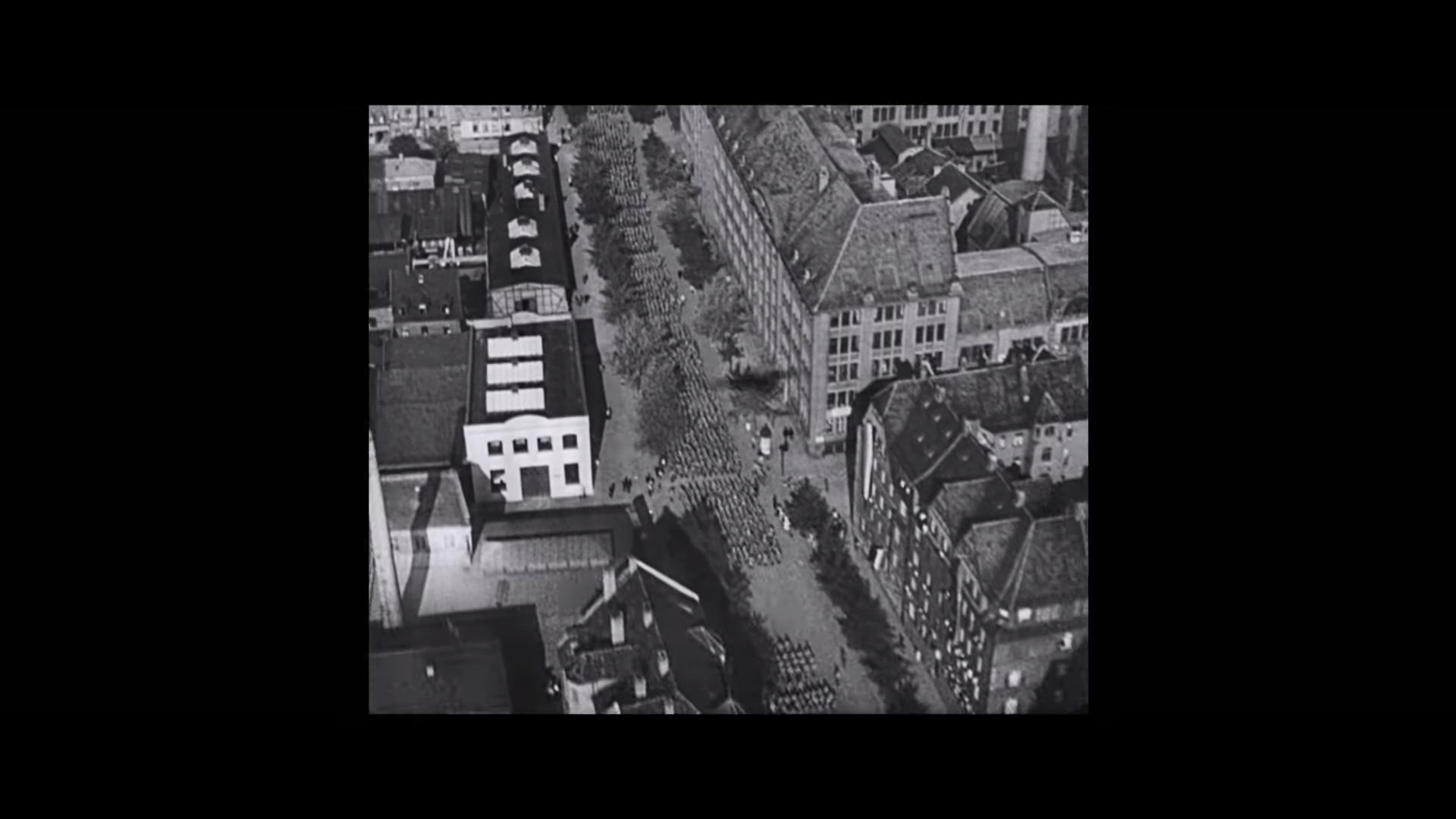
Figure 4. From A Hidden Life trailer: https://www.youtube.com/watch?v=qJXmdY4lVR0
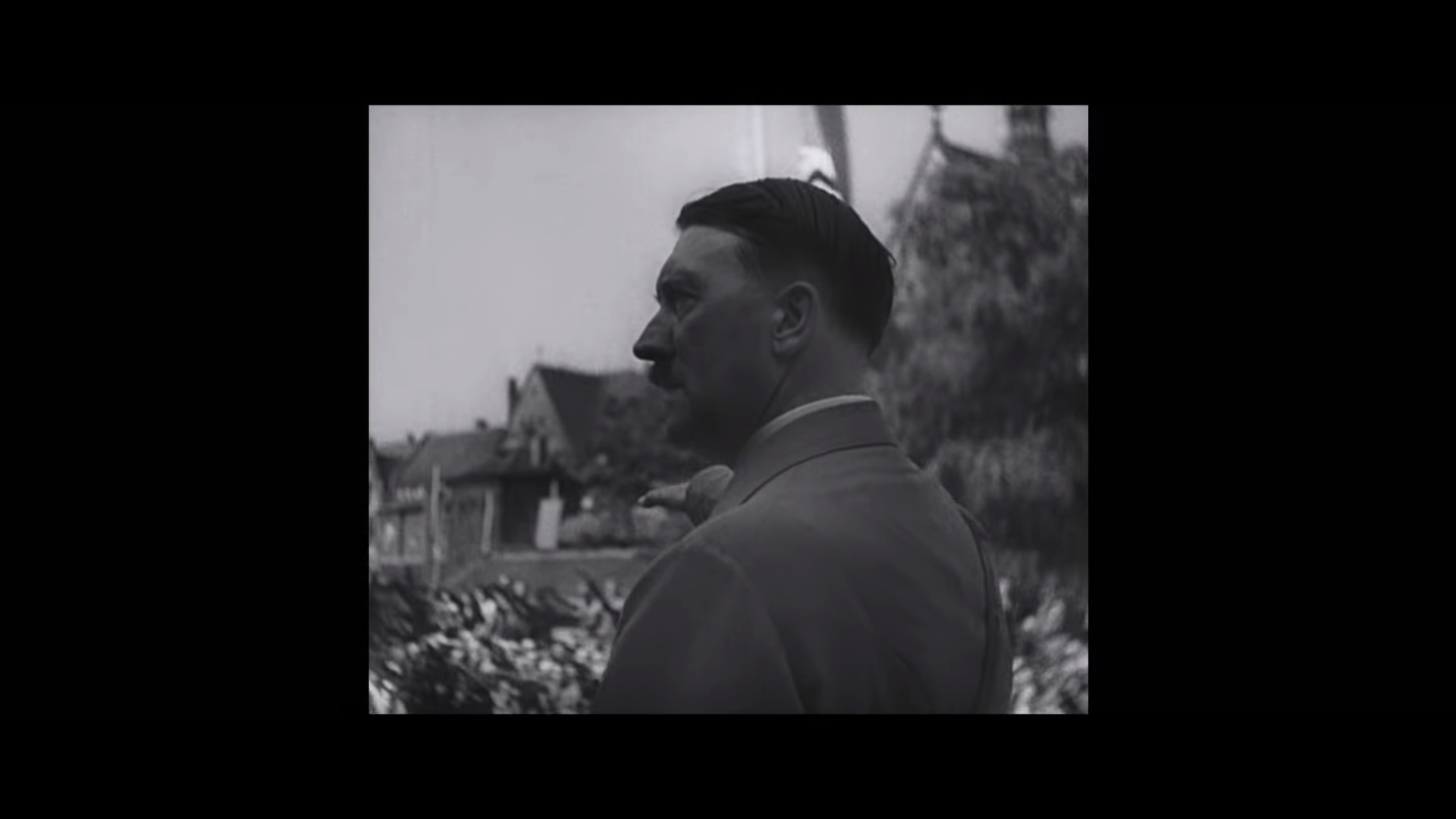
Figure 5. From A Hidden Life trailer: https://www.youtube.com/watch?v=qJXmdY4lVR0
Propaganda film, newsreel, home movie: three versions of war film, all of which merge with A Hidden Life’s own account of war. All of these films are silent, providing visual, but not aural archival traces of the war, other ways of representing it that impact on Franz and Fani’s own experience, while also only representing official narratives. In their lack of sound, they are unable to give the full embodied experience of war which A Hidden Life represents.
Of course, for the spectator, a later, unspoken intertext is a different kind of war film. As the title of this article alludes, the story of a man taken from his family in the Austrian mountains because of the war, dealing with the religious and moral implications of fighting for the Nazis, and experiencing this through sound, invokes Robert Wise’s The Sound of Music (1965). Alongside the newsreel, ‘documentary’, and home movie accounts of the war, a popular musical film version of World War 2 is also silently present. The Sound of Music tells its story of war through song: the conflict that Georg Von Trapp feels between his patriotism and his opposition to Nazism is expressed through his singing of ‘Edelweiss’, a song which also makes evident to him that his family of singers is more important than his loyalty to Austria. The only singing in A Hidden Life is the quiet singing of Fani and her sister, shortly after Franz has told her in a letter that he misses hearing her sing. Song is not the narrative driver that it is in The Sound of Music but it forms part of a wider tapestry or landscape of sound and silence that evoke a previously unspoken, unheard experience of war.
The film ends with Franz’s execution. As he and other political prisoners wait outside the execution chamber, a younger man also condemned to death sits next to him on a bench. The noise of a guillotine is the only sound as the two men sit in silence, hearing their fate without seeing it. The younger man kisses Franz’s neck and Franz returns this, brushing his lips against his cheek before he is pulled away to his death. This is another, final moment of silent resistance. Like the continuation of his marriage through voiceover, Franz achieves a final moment of intimacyin the face of the impersonal noisiness of the machinery of death, fascism, and war. In our current moment of loud, ascendant fascism, it might be questioned whether ‘quiet resistance’ is an act worth valorising, or whether shouting back might be more productive. Given the role that the British Empire and the Anglo-American eugenics movement played in the genesis of Nazism, and the genocidal war crimes like the atom bombs dropped on Hiroshima and Nagasaki in 1945 or the British response to the Bengal famine in 1943, issue might also be taken with the partitioning of the violent shouting of Nazis in un-subtitled German from the English spoken by Franz and Fani, and the moral superiority of English that this implies. Notwithstanding, the film offers a meditation on cinema’s ability to evoke war’s aurality. A Hidden Life’s sounds and the silences offer an alternative means of articulating war, of speaking of and for those who experienced it in all of its multisensory dimensions.
Filmography
Malick, T. (2019) A Hidden Life, Fox Searchlight Pictures.
Riefenstahl, L. Triumph of the Will [DVD], Leni Riefenstahl-Produktion.
Wise, R. (1965) The Sound of Music [DVD], Robert Wise Productions.
Bibliography
Bradshaw, P., ‘A Hidden Life review – Terrence Malick’s rhapsody to a conscientious objector’, Guardian, 19 May 2019, https://www.theguardian.com/film/2019/may/19/a-hidden-life-review-terrence-malicks-rhapsody-to-an-austrian-conscientious-objector.
Crofts, C., ‘From the “hegemony of the eye” to the “hierarchy of perception”: The reconfiguration of sound and image in Terrence Malick’s Days of Heaven’, Journal of Media Practice, 2.1 (2001), pp. 19-29.
Gleiberman, O. and Debruge, P., ‘The Best Films of 2019’, Variety, https://variety.com/feature/best-films-2019-joker-irishman-toy-story-4-1203423630/.
Hersch, M., The Generation of Postmemory: Writing and Visual Culture after the Holocaust (New York and Chichester: Columbia University Press, 2012).
James, N., ‘A Hidden Life first look: Terrence Malick floats over the storm clouds of war’, Sight and Sound Web Exclusive, 19 May 2019, https://www.bfi.org.uk/news-opinion/sight-sound-magazine/reviews-recommendations/hidden-life-terrence-malick-franz-jagerst%C3%A4tter-anschluss-story.
Kaufman, S. M., ‘A Review of A Hidden Life’, Little White Lies 83, pp. 10-13.
Michaels, L., Terrence Malick (Urbana and Chicago, University of Illinois Press, 2008).
Ong, W., Orality and Literacy: The Technologizing of the Word (London and New York: Routledge, 2002).
Rybin, S., Terrence Malick and the Thought of Film (Lanham: Lexington Books, 2012).
Sinnerbrink, R., ‘Re-enfranchising Film: Towards a Romantic Film-Philosophy’, in New Takes in Film Philosophy, eds Havi Carel and Greg Tuck (New York: Palgrave Macmillan, 2011).

The Hills are Alive with the Sound of Silence: Sound, Silence, and War in Terrence Malick’s A Hidden Life by Joel Casey is licensed under a Creative Commons Attribution 4.0 International License.
<< Back to Spark Reviews
<< Back to Publications
St Anne's Academic Review (STAAR) A Publication by St Anne's College Middle Common Room ISSN 2048-2566 (Online) ISSN 2515-6527 (Print)
